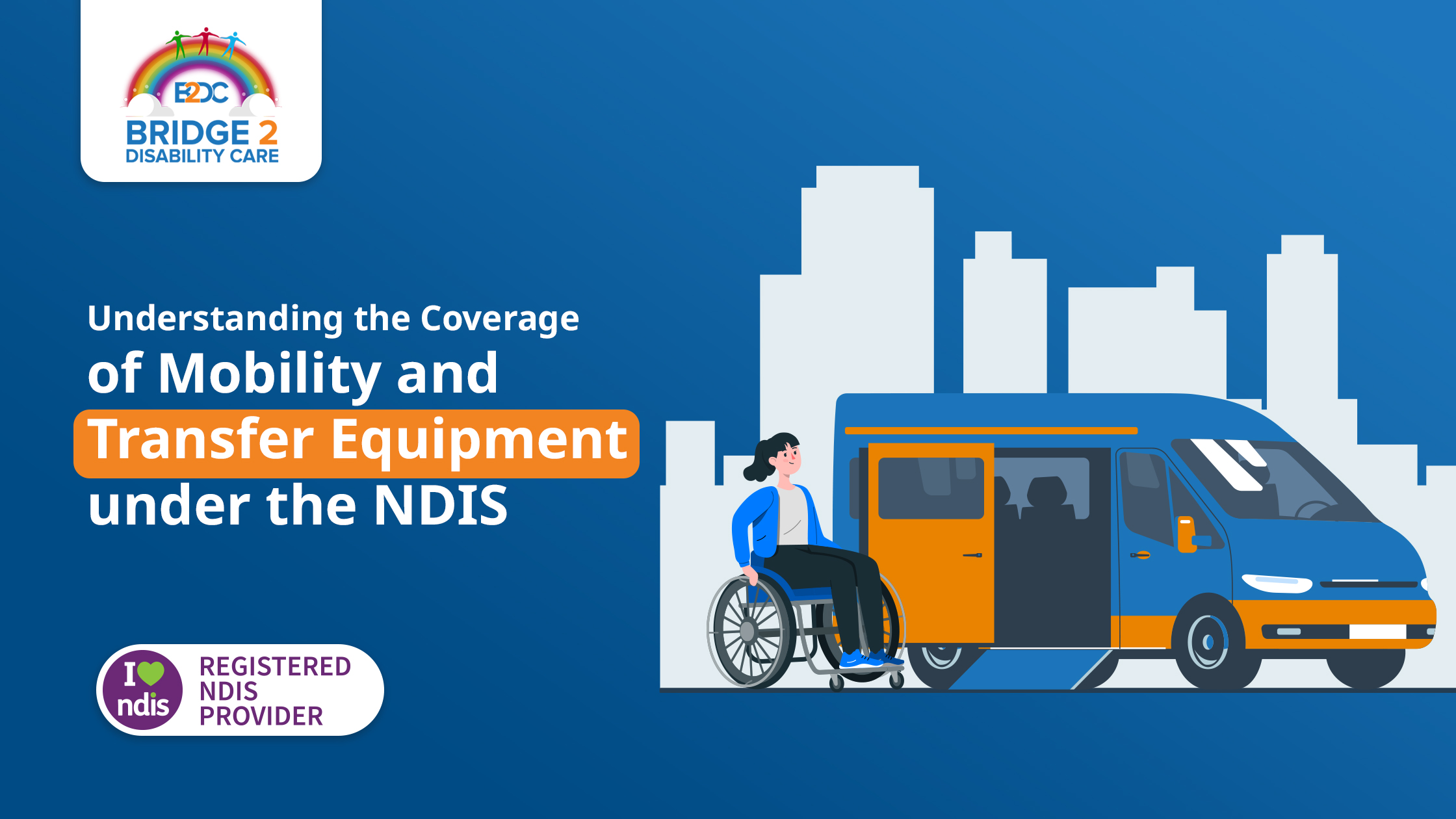The National Disability Insurance Scheme (NDIS) in Australia aims to provide support and assistance to individuals with disability. One crucial aspect of this support is the provision of mobility and transfer equipment.
In this article, we will explore the types of equipment covered by the NDIS and how individuals can access them.
Types of Mobility and Transfer Equipment Covered: The NDIS covers a wide range of mobility and transfer equipment to assist individuals with disability in their daily activities.
Some of the equipment covered includes:
- Wheelchair: Manual and powered wheelchairs are covered by the NDIS. These devices enable individuals with mobility impairments to move around independently.
- Walking Aids: Devices such as walking frames, crutches, and walking sticks are covered by the NDIS. This aid provides support and stability for individuals with mobility limitations.
- Hoists and Lifts: Ceiling hoists, portable hoists, and patient lifts are covered by the NDIS. These devices assist with transferring individuals from one location to another, such as from a bed to a wheelchair.
- Transfer Boards and Slings: Transfer boards and slings are covered by the NDIS to facilitate safe and comfortable transfers between different surfaces, such as from a wheelchair to a car seat.
- Prosthetics and Orthotics: The NDIS covers the provision of prosthetic limbs and orthotic devices to support individuals with limb impairments or musculoskeletal conditions.
- Vehicle Modifications: The NDIS can fund modifications to vehicles to make them accessible for individuals with disabilities. This may include installing ramps, lifts, or hand controls.
Accessing Mobility and Transfer Equipment through the NDIS:
To access mobility and transfer equipment through the NDIS, you need to follow a few steps:
- Eligibility Assessment: Individuals must first meet the eligibility criteria for the NDIS. This involves having a permanent disability that significantly impacts their ability to participate in daily activities.
- Planning and Assessment: Once deemed eligible, individuals will work with a planner or support coordinator to develop a personalized plan. This plan will outline the specific equipment and support required.
- Equipment Prescription: A healthcare professional, such as an occupational therapist or physiotherapist, will assess the individual’s needs and prescribe the appropriate mobility and transfer equipment.
- Funding Approval: The NDIS will review the equipment prescription and determine the funding amount for the approved equipment. This may involve considering factors such as the individual’s goals, functional needs, and budget.
- Equipment Sourcing and Delivery: Once funding is approved, individuals can work with relevant equipment providers to source and deliver the approved equipment. These providers will ensure the equipment is properly fitted and meets the individual’s specific requirements.
Conclusion:
Mobility and transfer equipment are crucial parts of many NDIS participants’ lives, offering not only mobility but also independence and an improved quality of life.
Understanding the various equipment options available to you, how to access them through the NDIS, and how to maximize your funding and equipment choices is essential.
By actively engaging in the planning process and staying informed about your options, you can ensure that your mobility needs are effectively met.
Bridge 2 Disability Care, a NDIS registered Plan Management and Support Coordination provider in Perth, is here to assist you.

